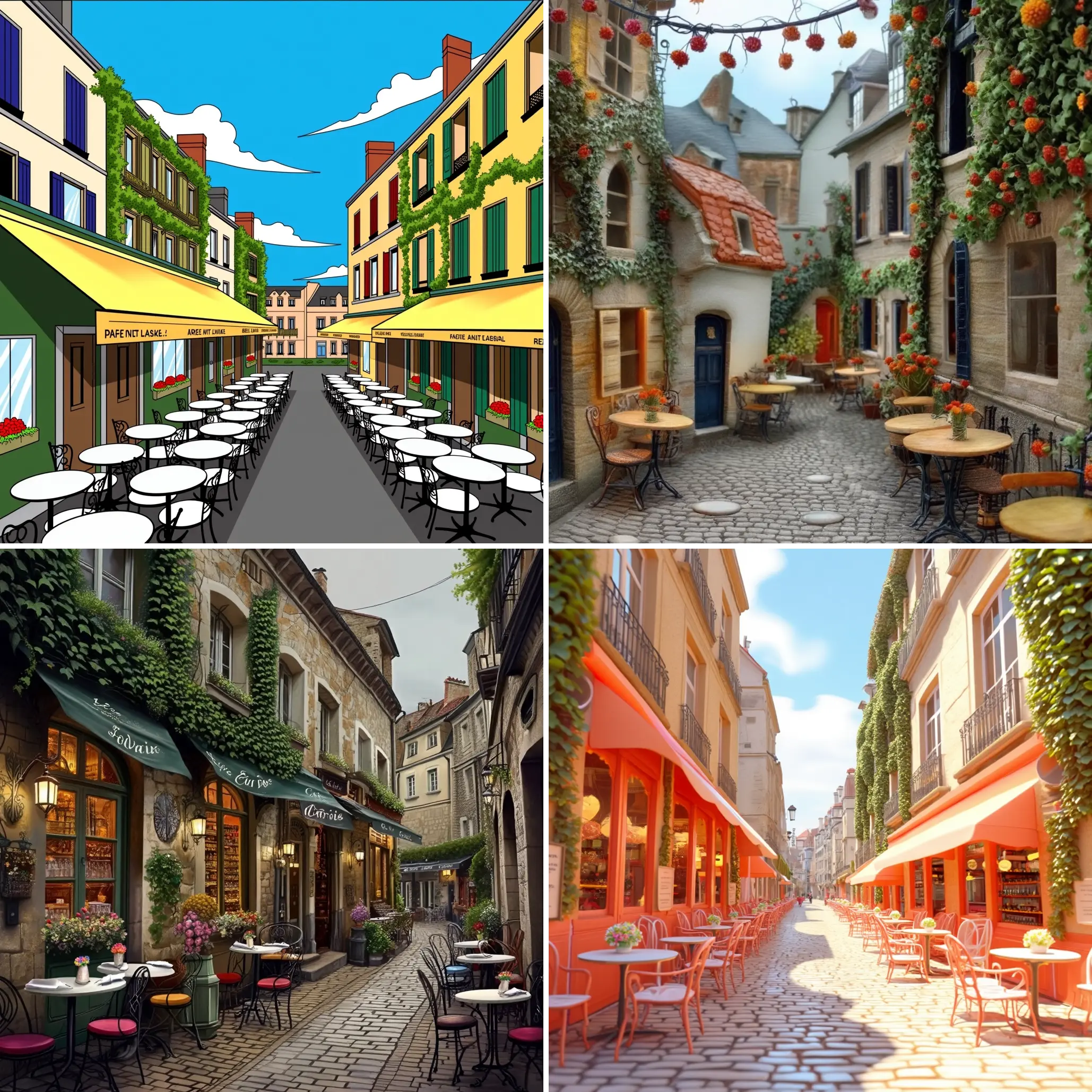ComfyUI Node: Wavelet Composition
WaveletCompose
Categoryimage/processing
DriftJohnson (Account age: 4052days) Extension
DJZ-Nodes Latest Updated
2025-04-25 Github Stars
0.04K
How to Install DJZ-Nodes
Install this extension via the ComfyUI Manager by searching for DJZ-Nodes- 1. Click the Manager button in the main menu
- 2. Select Custom Nodes Manager button
- 3. Enter DJZ-Nodes in the search bar
Visit ComfyUI Online for ready-to-use ComfyUI environment
- Free trial available
- 16GB VRAM to 80GB VRAM GPU machines
- 400+ preloaded models/nodes
- Freedom to upload custom models/nodes
- 200+ ready-to-run workflows
- 100% private workspace with up to 200GB storage
- Dedicated Support
Wavelet Composition Description
Reconstruct images from wavelet decomposition scales for precise manipulation and enhancement with denormalized detail coefficients.
Wavelet Composition:
WaveletCompose is a powerful node designed to reconstruct images from their wavelet decomposition scales. This node is particularly useful for AI artists who want to manipulate or enhance images by working with different levels of detail. By combining various detail scales and a residual base layer, WaveletCompose allows you to recreate the original image with precision. The node handles denormalized detail coefficients, ensuring that the reconstructed image maintains the integrity of the original while allowing for creative adjustments. This process is essential for tasks that require high-quality image reconstruction, such as image restoration, enhancement, or artistic transformations.
Wavelet Composition Input Parameters:
residual
The residual parameter represents the base residual layer of the image, which is the most blurred version. It serves as the foundation upon which the detail scales are added to reconstruct the image. This parameter is crucial as it contains the essential low-frequency information of the image.
scale_1
The scale_1 parameter is the first detail scale, containing the finest level of detail differences. It is used to add subtle details back into the image during reconstruction. This scale is important for capturing the intricate textures and nuances of the image.
scale_2
The scale_2 parameter provides the second level of detail, slightly coarser than scale_1. It contributes to the mid-level details in the image, enhancing features that are not as fine as those in scale_1 but still important for the overall image quality.
scale_3
The scale_3 parameter represents the third level of detail, which is coarser than scale_2. This scale helps in reconstructing more prominent features and structures within the image, adding depth and dimension.
scale_4
The scale_4 parameter is the fourth level of detail, capturing even coarser features. It plays a role in defining the larger structures and shapes within the image, contributing to the overall composition and balance.
scale_5
The scale_5 parameter is the fifth and coarsest level of detail. It is used to reconstruct the broadest features and is essential for maintaining the overall form and integrity of the image during the composition process.
Wavelet Composition Output Parameters:
composed_image
The composed_image is the final output of the WaveletCompose node. It is the reconstructed image that results from combining the residual and all the detail scales. This output is crucial as it represents the complete image, with all levels of detail integrated to form a coherent and visually appealing result.
Wavelet Composition Usage Tips:
- Ensure that all input tensors are on the same device and have the same data type to avoid compatibility issues during the composition process.
- Normalize your input scales if they exceed the range of 0 to 1, as this can help maintain the quality and accuracy of the reconstructed image.
- Experiment with different combinations of detail scales to achieve various artistic effects or enhancements in your images.
Wavelet Composition Common Errors and Solutions:
Device mismatch error
- Explanation: This error occurs when the input tensors are not all on the same device (e.g., some on CPU and others on GPU).
- Solution: Ensure that all input tensors are transferred to the same device before passing them to the node. You can use
.to(device)to move tensors to the desired device.
Data type mismatch error
- Explanation: This error arises when the input tensors have different data types, which can cause issues during processing.
- Solution: Convert all input tensors to the same data type, preferably
torch.float32, to ensure compatibility.
Value range error
- Explanation: This error can occur if the input scales have values outside the expected range, leading to incorrect image reconstruction.
- Solution: Normalize input scales to the range of 0 to 1 if they exceed this range, ensuring consistent and accurate results.
Wavelet Composition Related Nodes
RunComfy is the premier ComfyUI platform, offering ComfyUI online environment and services, along with ComfyUI workflows featuring stunning visuals. RunComfy also provides AI Playground, enabling artists to harness the latest AI tools to create incredible art.


